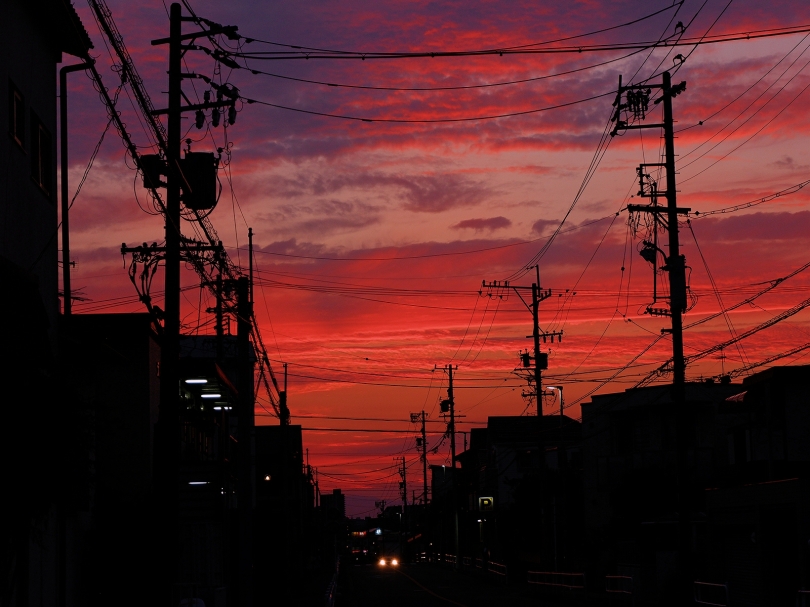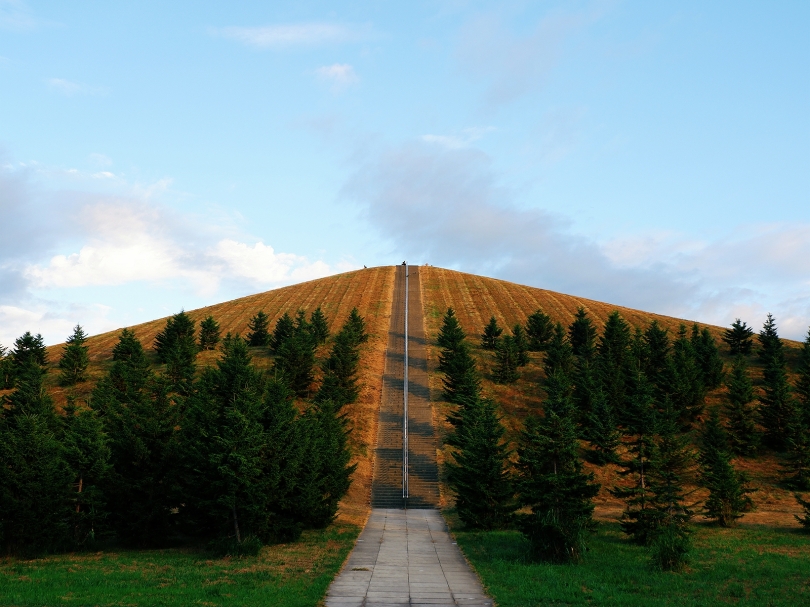It is a truth universally acknowledged, that Hokkaido is a land rich in nature. Mountains and volcanoes, lakes, and forests dot this northernmost main island of Japan and fortunately, many are well-preserved and remain quite under-the-radar, especially those in Eastern Hokkaido. Apart from holding superlative titles in the country and/or possessing unique qualities, some of these natural landmarks are steeped in history and age-old mystery, and have even become sources of inspiration for modern fantasy.
There is another truth that those who have been reading this blog for a while might have acknowledged, that I am a huge fan of the Pokemon video games. I have done many fangirl’s pilgrimage trips around Japan to visit the real-world places that have inspired the in-game locations and I treasure every single location, but if I have to pick my most memorable trip, my trip to Akan Mashu National Park (inspiration for Distortion World, Turnback Cave, Sendoff Spring, and Lake Valor in the Pokemon Diamond/Pearl/Platinum games) in Eastern Hokkaido is the one. I first heard of the national park more than ten years ago thanks to Pokemon and since Distortion World has remained the most fascinating Pokemon locations for me to date, I naturally looked forward to visiting the national park the most.
Let me tell you a little story of my struggles before I could make this trip happen. I visited Hokkaido for the first time during my summer break in August 2019, but as bad luck would have it, a very heavy rain hit Hokkaido on the day I was supposed to travel from Kushiro to Akan Mashu National Park and all trains and buses in Hokkaido had to be suspended until night time. Safety is the most important, but I was still dejected because the next day, I had to go to another city several hours from Eastern Hokkaido and it wasn’t possible to visit Akan Mashu National Park anymore. Then came COVID-19 and border closures in 2020. I was stranded at home in Bangkok until Japan started reopening for people with existing student visa in September 2020. I thought that summer 2021 would be my last chance to revisit Hokkaido and get to Akan Mashu National Park before graduation. And finally, I could realize my decade-old dream in August 2021.
Although my visit to Akan Mashu National Park began as a flight of fancy, it has become even greater because of the existing mystery and history in the area, as well as the serene beauty. Let’s explore everything together in this post.





